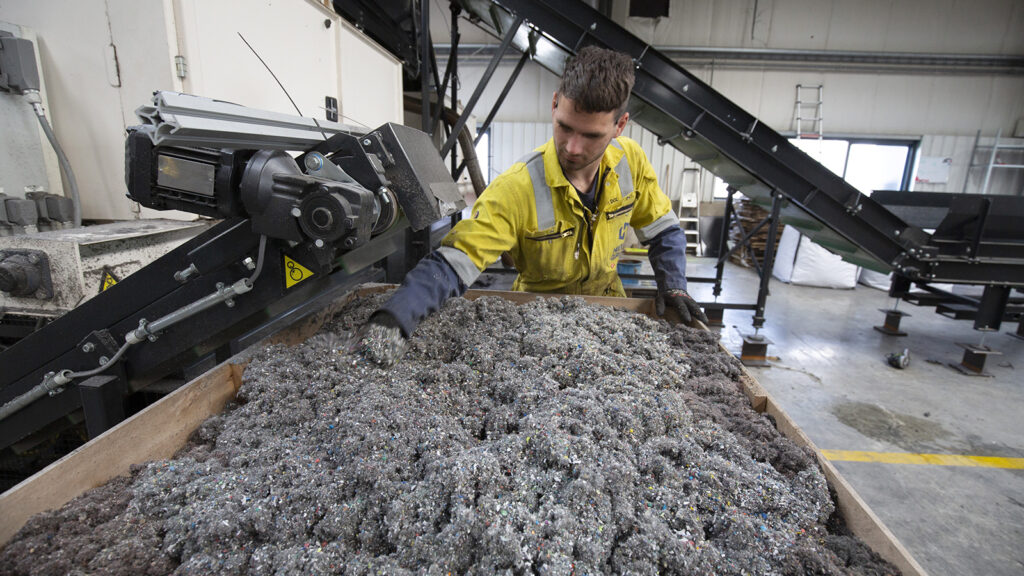Flash in the Pan or Game Changer: Spotting Enduring Business Trends

If trends, like the Furbies seen here, are nothing more than a novelty, chances of survival are slim. A product or service must meet a perennial need better than the alternatives to be sustainable.
Photo: Don Emmert/AFP/Getty Images
Some business trends come and go. Others—like the Internet—end up rewriting the rulebook and leave us wondering how we didn’t identify them as fundamental shifts from the start. Why is this, and how does one tell the difference?
Trends that are based on the ebb and flow of fashion, tastes or preferences will be like the latest hot toy at Christmas or this season’s shoes: not built to last. On the other hand, long-lasting trends are usually underpinned by some economic and/or customer fundamentals, making wholesale change just a matter of time.
An obvious example over the last decade is the smartphone, which provided dramatically improved functionality compared to a typical mobile phone and then rapidly became more affordable as production volumes increased and more competing products came to market. Although the first smartphone products were clunky, with short battery life, the overall experience was far superior to their predecessors. As a result, the trend was unstoppable because the foundations were fundamentally strong, rooted in clear improvements for the end user. While adoption took some time, smartphones are now ubiquitous across the developed world, and reaching into much of the developing world, as lower cost manufacturers enter the market.
In the business environment of today, we always look to the fundamental foundations of a trend to predict whether it is here to stay. In essence, we seek to understand if the trend delivers a clear improvement in the user experience, or if it’s driven purely by fashion and taste.
For example, some have questioned whether Internet shopping and home delivery in food will remain a growing trend or “cap out” somewhere close to the current levels, typically around 5-10 percent in the UK grocery market; in the U.S. about 25 percent of households have bought groceries online. We see it clearly as a trend that is here to stay. Why? Because it is underpinned by a compelling fundamental: It will be a more convenient option for most customers when the service is right.
Amazon’s recent purchase of Whole Foods fits neatly into this trend. By gaining control of a sophisticated, effective fresh-food supply chain, Amazon is gaining capabilities that will help it provide a better customer experience across all of food, not just nonperishables. If you tie in their recent move into prepackaged meal kits (containing all the prepared ingredients, with instructions for the customer to cook the meal), this is a clear demonstration of how important convenience will be to Amazon’s future food offer.
Sure, there are some hurdles that put a “speed limit” on the uptake of food shopping online—such as delivery charges, inconvenient delivery windows, and a paucity of rapid delivery options—which means it currently works well for large, planned orders, but not for smaller, spontaneous shopping. However, these issues are being solved as companies innovate on delivery models, for example, through partnerships (such as Amazon and DHL in Germany) and updating their offerings (such as Sainsbury’s 60-minute delivery service Chop Chop). As these obstacles are removed, the fundamental appeal to customers that drives online grocery shopping will win out, and the trend will become an embedded staple in consumers’ lives, with much higher penetration than today.
In today’s business environment, look to the fundamental foundations of a trend to predict its success or failure.
Another example is the current discussion of AI, automation, and moves toward a “smaller and smarter” workforce across many business sectors. Again, there are deep fundamental drivers behind this trend. Rising labor costs (from the living wage), plus improvements in technology—leading to decreased technology cost and increased effectiveness—are suddenly making automation a compelling option in a way it was not a few years ago. While there are many issues and technical problems to be solved on the way—not least, of course, that most businesses want to treat their current workforce with sensitivity and respect—the economic laws of gravity will win in the end.
However, while it’s possible to predict which trends are here to stay, it’s much harder to predict their growth rates or when they will take off. Every trend has a long, slow build-up curve, followed by sudden expansion. This expansion phase is triggered sometimes by a shift in consumer behavior (customers getting more comfortable with a particular concept), but more frequently by a new proposition entering the market. For example, Uber’s growth has been meteoric, not because it was the first online taxi booking, but because it simplified so much of the user journey, resulting in a vastly superior customer experience. As many countries (and traditional taxi drivers) are finding, it’s very hard to put that genie back into the bottle.
Overall, then, if a trend toward a new product or service meets a perennial need better than the alternatives, or if a change in how firms do business is based on fundamental economics, it will not be a flash in the pan. But if the need it meets is for novelty, it will wither like Google Glass, the Furby, and, hopefully, fidget spinners, consigned to the dustbin of trends that never really delivered.





